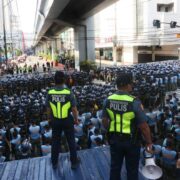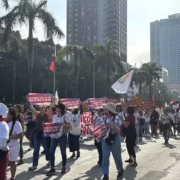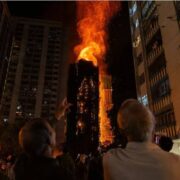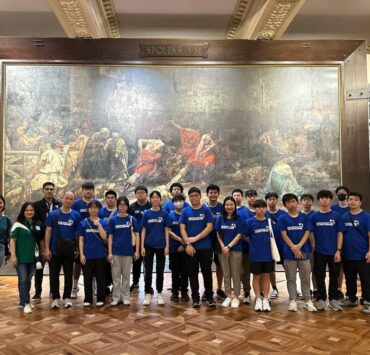‘Sari-Sali Portal Café’: A meeting–not clash–of cultures
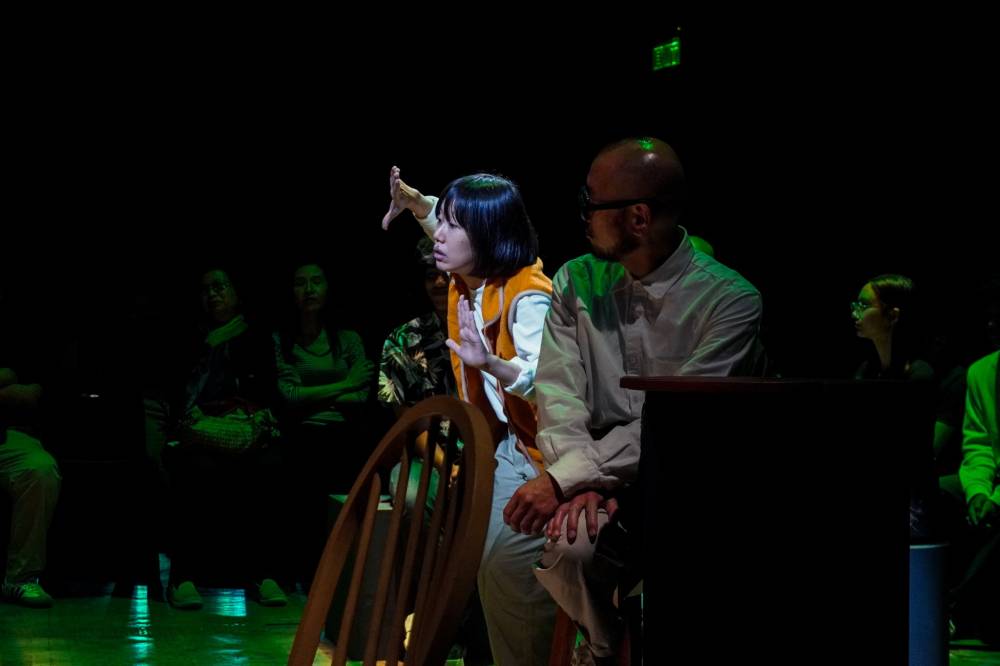
It is an intimate, experimental play produced by the Japan Foundation, a collaborative performance between Peta (Philippine Educational Theater Association) and the Kyoto-based group BRDG: “Sari-Sali Portal Café,” directed by Ian Segarra and Keiko Yamaguchi. We can get an idea of what it is all about from the title itself–“portal” means a door, and a door opens to what? An understanding, perhaps.
So it is a play about a meeting–not a clash–of cultures, Filipino and Japanese.
The work is in three languages: Filipino, Japanese and, on the video screen, serving as translation for the dialogue in Nihongo, subtitles in English.
There are two Filipino and two Japanese actors: Zoe Damag as Mayumi, Hitomi Nagasu as Ayaka, Julio Garcia as Kaloy, and Hiroyuki Kosaka as Yoshi. They all have to wrestle with their insecurities and private demons. Ayaka is an introverted artist while Mayumi is a music teacher. Yoshi is a part-time worker at the café, and Kaloy, a former political activist, is the café’s chef.
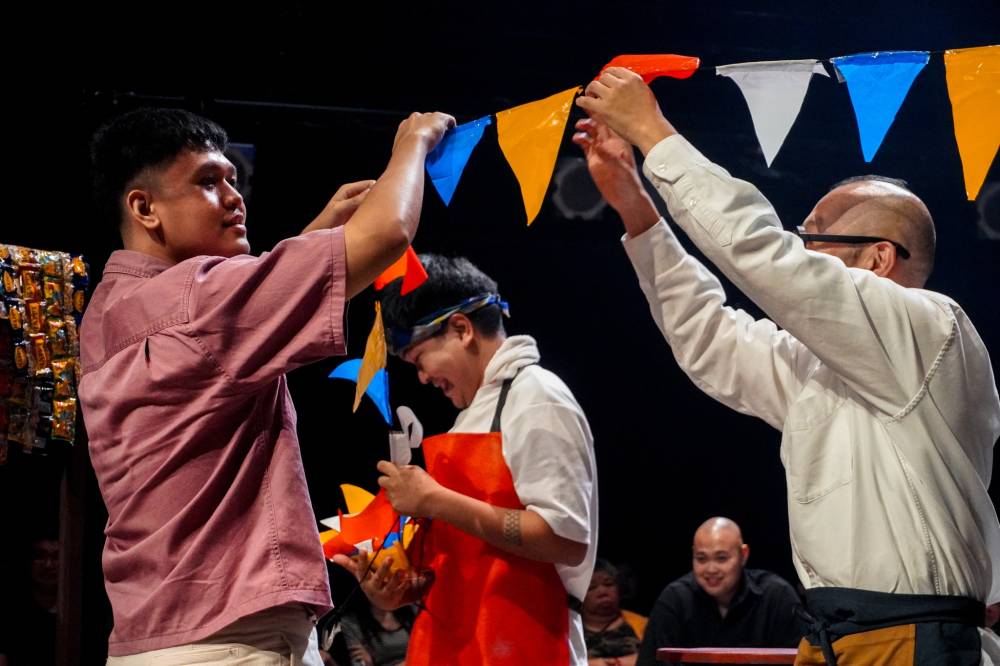
The play, presented recently at the Peta-Prima Theater in Quezon City, is full of symbols and allegories, with the café serving as a center for interaction between the characters. The two Filipinos are in Japan, being immigrants and perhaps in exile, and are pining for home.
Yoshi is on the way to the café but keeps getting lost. “Is it left or is it right…” is a recurring refrain. Is she part of the lost generation of postwar Japan? When she finally finds the café, she rejoices. It is like an epiphany.
Bridge of hope
The production design by Ralph Lumbres involves the audience as part of the scenes, adults as well as children. There is more than the usual audience participation here; the participants were game and the audience just loved it.
It was a feel-good comedy at first, but then the mood—along with the music—changed, became serious and reflective, as art should be. The troubled history of the Philippines during the 20th century comes into play. Kaloy has the meatiest part here. He recalls his mother’s struggles and we see him morph from a young, lively chef into an elderly person, who moves slowly and is now wearing glasses.
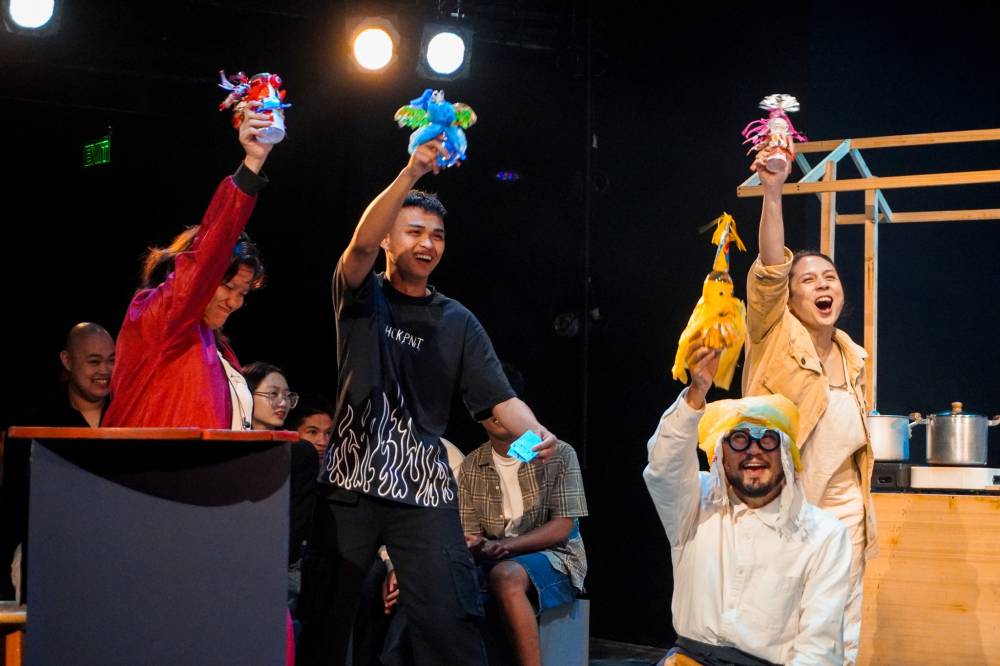
The café represents the characters’ hope and aspirations and its cuisine—including kare-kare, tinola, and dinuguan–denotes proper nutrition (although some may question this), in contrast to junk food, which was the “enemy.”
In a way, one can be saved through food and music (Chopin’s “Fantaisie Impromptu” is mentioned, along with other songs), meaning understanding one another, rising above one’s problems, and not losing hope.
“This place needs to be here,” declared one of the characters. “A lot of people need it.”
The sari-sari variety store, which can be found in every corner of the country, is a symbol of the Philippines, like the jeepney.
“Sari-Sali Portal Café” is a warm, affecting play, a successful collaboration between former enemies–Filipinos and Japanese.


